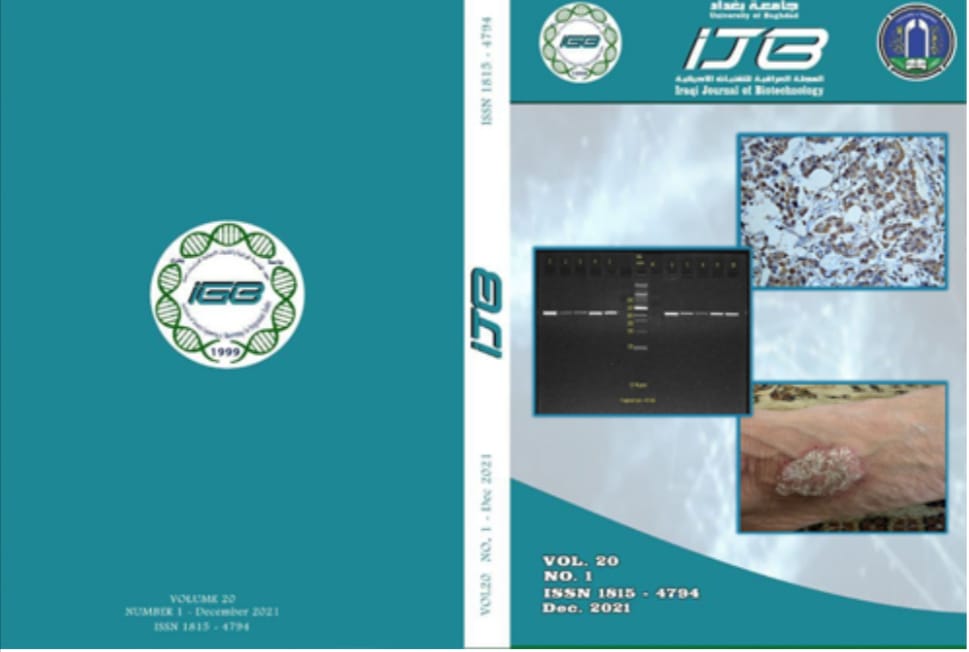Creating a Model for Ancient DNA Isolation from Contaminated Archaeological Materials Using Sodium Hypochlorite Pretreatment and Enzymatic Predigestion.
Abstract
The retrieval of DNA from archaeological or forensic skeletal remains provides valuable data for analysis, but it faces specific challenges. The study aims to develop a standardized method for isolating ancient DNA, with applications in archaeology, genetic ages, disasters, and human remains. One crucial challenge is the presence of contemporary contamination on bone and teeth surfaces, which can lead to misleading outcomes and false positives if not addressed before DNA extraction. To mitigate this contamination, Ancient DNA (aDNA) researchers and forensic scientists have utilized various techniques, including using bleach (sodium hypochlorite - NaOCl) to "eliminate" the contaminating DNA. However, caution is advised, as this treatment has the potential to damage a significant portion of the sample's native molecules, as indicated by some earlier research.To further investigate this subject, the study employed samples of both human and animal remains and subjected them to sodium hypochlorite treatment to eliminate contamination. The findings align with prior research, showing a notable decrease in human contamination after applying the bleach pretreatment. However, it's essential to note that this reduction in contaminant DNA comes with a trade-off, resulting in a decrease in the complexity of endogenous DNA.


